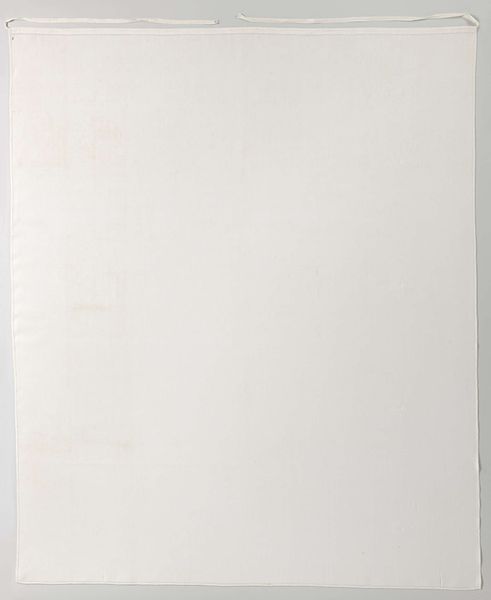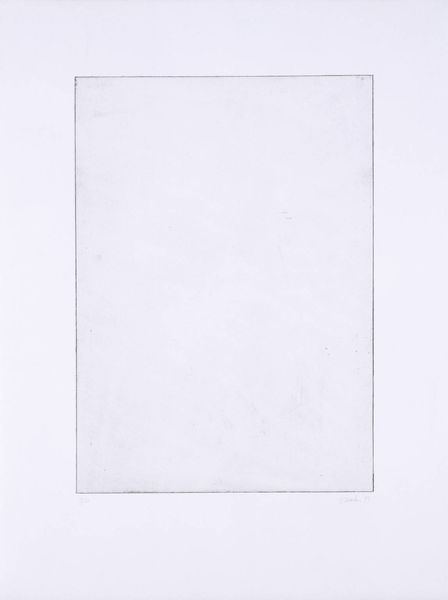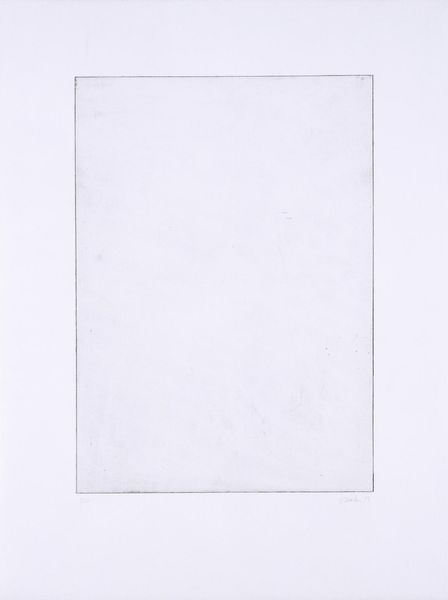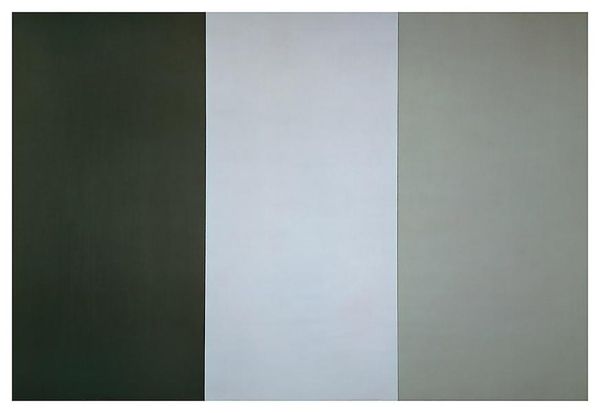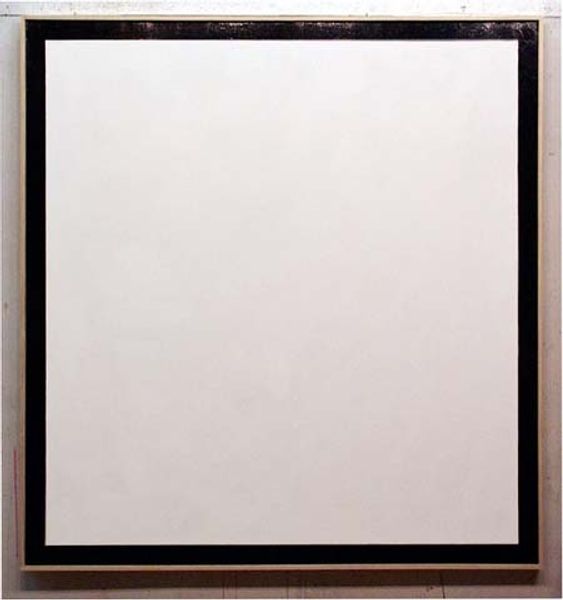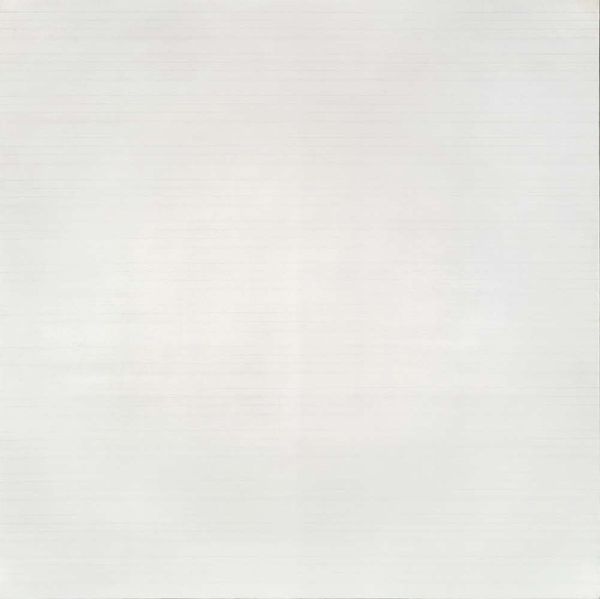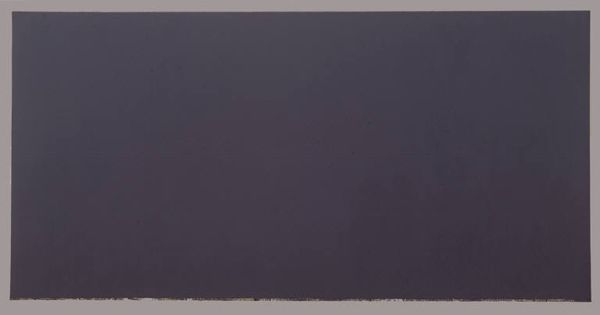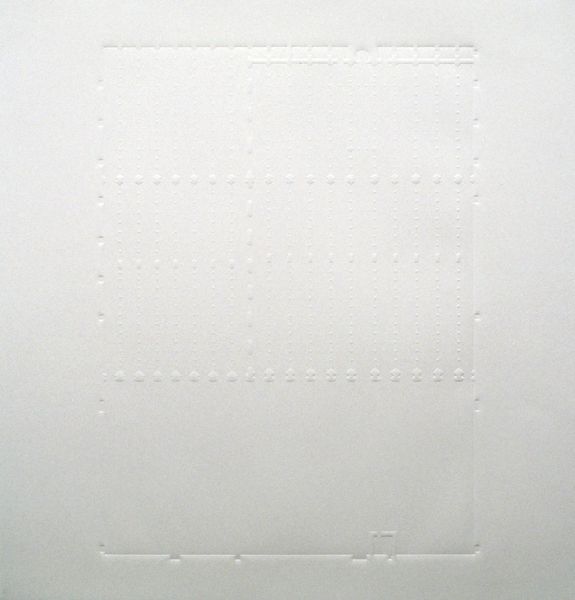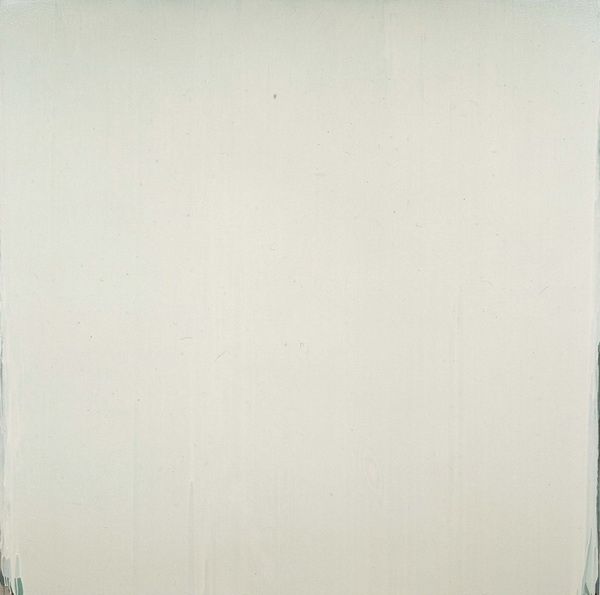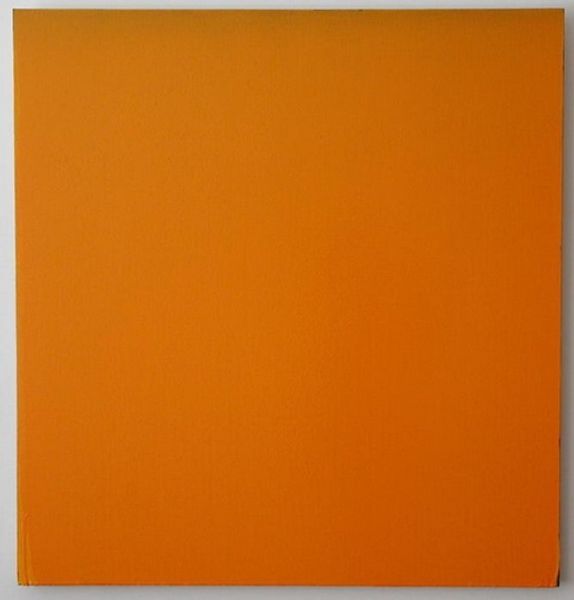
Copyright: Gaylen Gerber,Fair Use
Editor: Looking at Gaylen Gerber's "Support/Untitled #3 (with B. Wurtz)" from 2004, I'm struck by its quiet simplicity. It’s a mixed media installation; a gray canvas with what appear to be colorful pom-poms along the top edge and a single one hanging below. How do you read the significance of the materials and presentation here? Curator: Gerber’s work, especially in conversation with someone like Wurtz, urges us to consider the everyday. It's not just about 'seeing' a gray canvas and pom-poms. It is about the labor embedded in these humble materials, their journey from factory to art object, and how their juxtaposition challenges the traditional hierarchy of art and craft. What does the term ‘support’ imply for you in the context of materials like these? Editor: I suppose "support" suggests a foundation, something structural, maybe even invisible, while these materials are quite...visible, tactile. Curator: Exactly! It disrupts that notion. The grey field could represent a backdrop, a traditionally passive element, while the vibrant spheres – cheap, easily obtained – assert themselves. This collaboration with Wurtz, known for elevating overlooked items, emphasizes this critique of value. Think about Minimalism and Conceptual Art, how Gerber reinterprets their clean aesthetics through the lens of accessible, even disposable, components. Is it a painting, a sculpture, or something else entirely? Editor: It feels like Gerber's pushing us to reconsider what constitutes art itself, challenging those conventional boundaries through materiality. Curator: Precisely. And, reflecting on this piece reminds me of the power of mundane materials to convey profound ideas. Hopefully we learn something new about materials by simply seeing it. Editor: Definitely. Thanks to the materials perspective, the quiet impact of elevating the ordinary suddenly shouts louder than before.
Comments
No comments
Be the first to comment and join the conversation on the ultimate creative platform.
